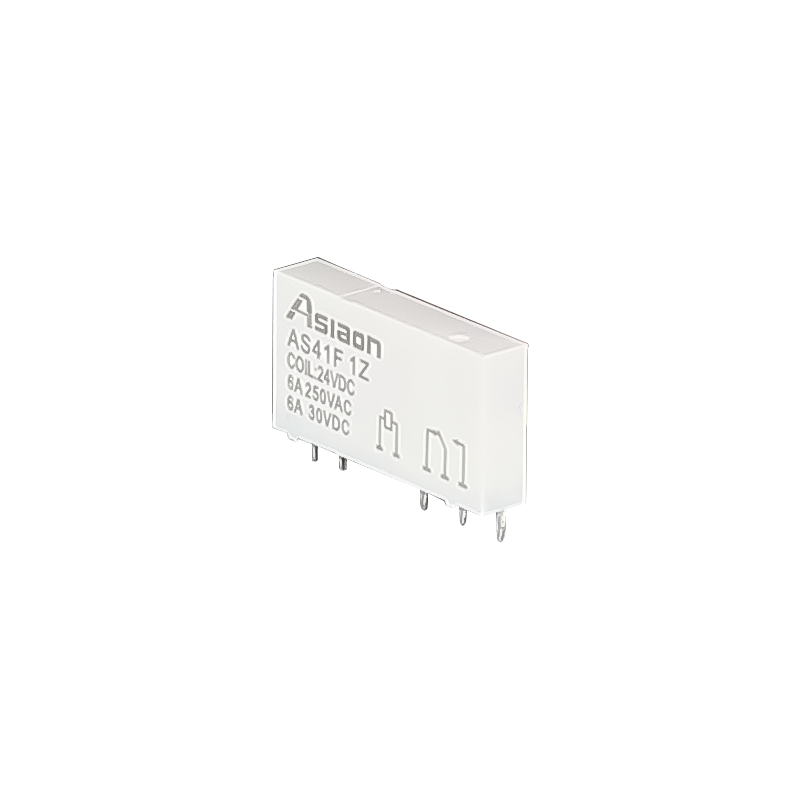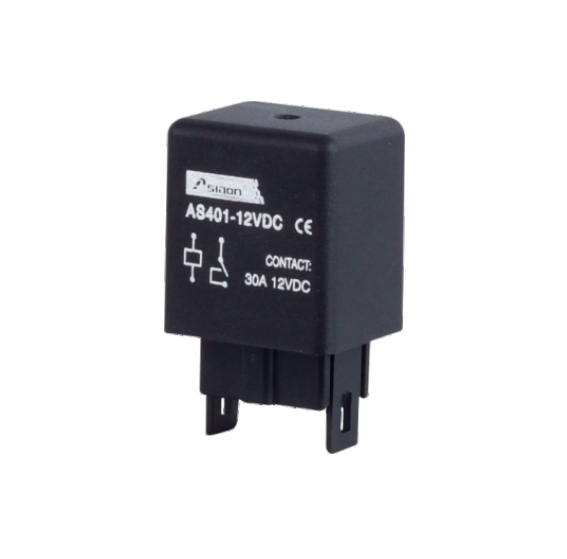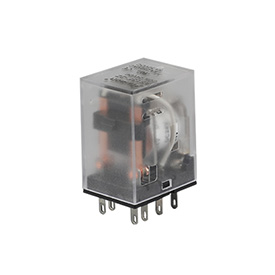Circuit board relay characteristics and precautions
The basic characteristics of circuit board relays are
1. Strong point switching ability
2. Has a set of normally open and a set of conversion contact forms
3. High withstand voltage between contact and coil
4. With AC voltage input
5. Can be equipped with LED
The notes are as follows:
1. When AC inductive load is used, high transient voltage and surge current are applied to the output terminal, which may cause the solid state relay to be turned on or damaged. Usually, a voltage control device with a specific clamping voltage needs to be connected to the output terminal, such as Two-wire Zener diode or varistor (MOV). The varistor is recommended to take 1.6-1.9 times the rated voltage;
2. For DC inductive loads, such as solenoids, electromagnets, and solenoid valves, a freewheeling circuit must be used to suppress the back EMF generated during shutdown. Usually, a simpler method is to reversely connect a diode in parallel with the load, but this The circuit affects the release time of inductive loads such as electromagnetic relays, contactors, electromagnets, solenoid valves, etc. The preferred line is a diode and a Zener diode in reverse series or a diode in series with a resistor and then reversed with the load. in parallel.
3. When controlling a small current load close to the minimum load current, a dummy load resistor must be connected in parallel with the load to reduce the leakage current at the output terminal to generate a higher residual voltage on the load.
4. When the circuit board welding type mounted relay is soldered and installed, the welding temperature must be controlled below 260 degrees Celsius, and the welding time is controlled below 5 s.
5. In order to avoid the temperature rise of the solid state relay exceeding the allowable value, the heat dissipation effect and installation position should be considered when designing the application. When two or more solid state relays are installed side by side, proper spacing should be left.
 中文
中文 Русский
Русский Español
Español


